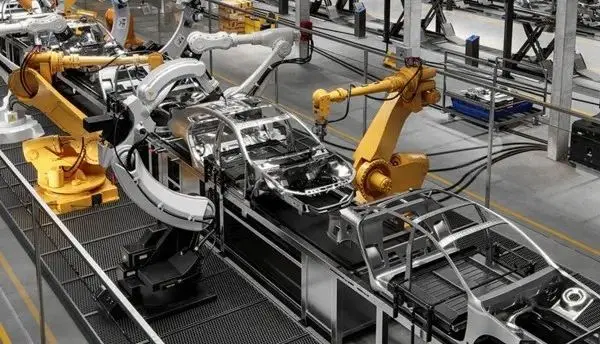Pakistan is at a pivotal crossroads in its electric vehicle (EV) journey, with ambitious targets set by the government aiming for 30% EV adoption by 2030 and 90% by 2040. However, as local manufacturers like Sazgar Engineering Works step up to lead the charge, a glaring disparity emerges: the very drivers who could benefit the most from this transition are being left behind due to prohibitive costs.
Government Policies Fuel EV Ambitions
In August 2024, Chinese electric vehicle giant BYD announced plans for its first production plant in South Asia, strategically placing Pakistan at the forefront of the EV market in the region. Following this, the government unveiled policies targeting a significant shift towards electric vehicles, aiming for 50% of all auto sales to be electrified by 2030, according to Reuters. This push is not just an environmental necessity; it holds the potential for economic revitalization, especially in a country grappling with severe air pollution.
Local Innovators Strive for Change
Sazgar, renowned as Pakistan"s largest rickshaw manufacturer, is making strides in the EV sector, having received the first license to produce e-rickshaws in the country. This pivotal development allows Sazgar to leverage its existing infrastructure to make electric rickshaws a mainstream transport option. As reported by Reuters, Sazgar plans to ramp up its production, but this transformation requires not just innovation but robust government support.
\n\n
预测与分析亮点】2024年前三季度,长城汽车在巴基斯坦的销量同比 ...
High Costs Create Accessibility Crisis
Despite the positive trajectory in EV policy, the cost of entry for drivers remains a significant barrier. Sazgar"s e-rickshaws retail for over 1 million Pakistani rupees ($3,600), more than double the price of conventional rickshaws. Sami Ullah, a rickshaw driver who traveled 1,000 kilometers to buy an e-rickshaw, represents the minority who can afford this investment. "There is no smoke, it doesn’t cause pollution," he stated, highlighting the environmental benefits of e-rickshaws. However, many drivers, like Aqeel Ahmad, express a desire for e-rickshaws but lack the funds for a down payment, a sentiment echoed by Sazgar’s executives who acknowledge the financial constraints facing most drivers.
Financial Support and Policy Gaps
While the government has introduced financial incentives, such as interest-free loans for e-rickshaw purchases, experts argue that these measures are insufficient. Syed Hasnain Mehdi, Sazgar’s EV project manager, points out that present policies favor affluent buyers of luxury electric cars while neglecting the needs of everyday drivers. Pakistan"s EV policy, according to Invest2Innovate, must evolve to include comprehensive financial support for low-income drivers to achieve widespread adoption.
\n\n
Pakistan launches National Electric Vehicle Policy 2025-30 ...
The Stakes of Political Stability
The success of Pakistan"s EV transition is inextricably linked to the country"s political climate. According to Syed Abu Ahmad Akif, former climate change secretary, the current governance crisis poses a significant risk to the sustainability of EV policies. The momentum gained from international partnerships and local innovation could be jeopardized if political instability continues to hinder effective governance. The risks are real: without a stable political environment, the push for cleaner transportation could stall, leaving the most vulnerable citizens to face the brunt of pollution and economic disparity.
As environmental policies continue to evolve, the question remains: can Pakistan"s electrifying ambitions truly deliver justice for all its citizens, or will they only serve the wealthy few?


![[Video] Canada PM Carney says AI data centres must be carbon neutral](/_next/image?url=%2Fapi%2Fimage%2Fthumbnails%2Fthumbnail-1763826648718-lujuba-thumbnail.jpg&w=3840&q=75)
![[Video] Fire at COP30 Climate Summit in Brazil](/_next/image?url=%2Fapi%2Fimage%2Fthumbnails%2Fthumbnail-1763671284663-2idg9-thumbnail.jpg&w=3840&q=75)
![[Video] Fire erupts at COP30 climate summit in Belém, Brazil, no injuries reported](/_next/image?url=%2Fapi%2Fimage%2Fthumbnails%2Fthumbnail-1763661056988-msvhjo-thumbnail.jpg&w=3840&q=75)



